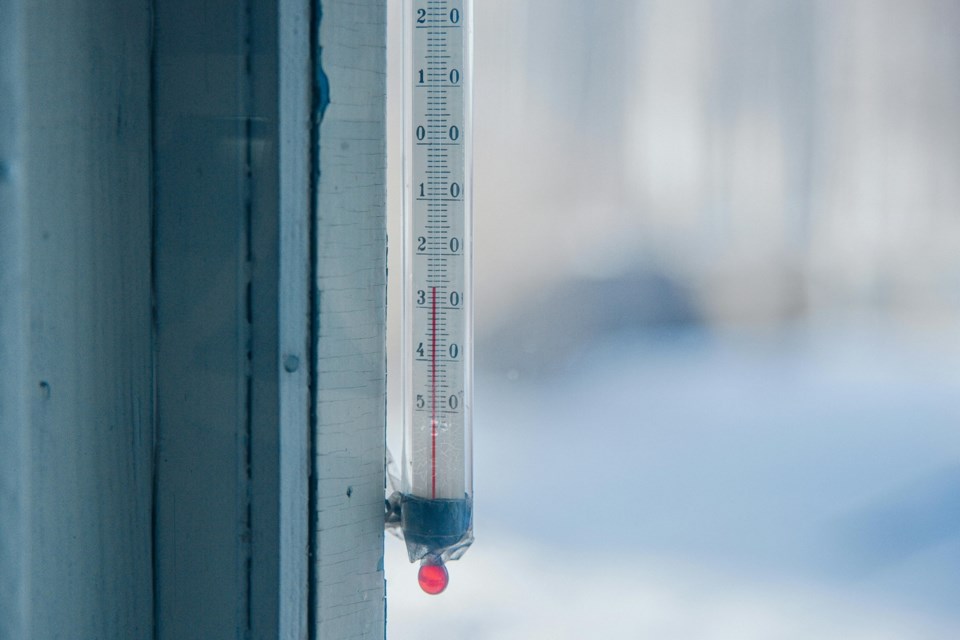WESTERN PRODUCER — I now have all of September’s weather data from the main reporting stations across the Prairies and we can finally get to our monthly weather review.
Let’s start with temperatures and the ranking of mean monthly temperatures across the Prairies. While I knew it was a warm month, some of these values surprised me.
The data shows that the warmest region and the region with the highest above-average temperatures were in the eastern Prairies. I must admit, I wish I was retired. This September was amazing in Manitoba. I was on the beach Sept. 28.
These temperatures were all warmer than what we experienced in June. Monthly temperatures that are two to three degrees above average are a little unusual, and temperatures three to more than five degrees above average are very unusual. It has been over 20 years since we had a September this much above average.
Here are the precipitation values for September.
There is no clear trend across the Prairies because most of the rain in September came from thunderstorms. We all know how hit and miss they can be.
In fact, using only these stations to represent the September rainfall across the Prairies misses the heavy rainfall events that affected much of eastern Alberta and western Saskatchewan, along with extreme south-central Manitoba.
Our three-month outlook will encompass part of winter. After what could be considered a non-winter last year, the big question is whether we will pay the price this winter.
Looking at NOAA’s three-month outlook, extrapolating northward, it looks like the agency is calling for near-average temperatures and precipitation over the next three months. The exception is over southern and western Alberta, which is forecasted to have an above-average chance of above-average precipitation.
Next on the list is the usually reliable CFS model. It is calling for well-above-average temperatures in October, with near- to below-average precipitation. Above-average temperatures are expected to continue into November and December, but December temperatures will slowly return to average values. Precipitation during this period is forecasted to be near average.
The CanSIPS model is forecasting a warmer than average October with below-average precipitation. The model then shows a switch to near- to slightly below-average temperatures in November and December, along with near-average precipitation.
The ECMWF model is forecasting above-average temperatures in October and November, with near- to slightly above-average temperatures in December. Its precipitation forecast is calling for near-average amounts in October and above-average amounts for November and December, especially over the western half of the Prairies.
As for my two cents, we are heading into what looks to be a weak La Niña winter. I will provide a more in-depth look at what this historically means but, for this forecast, I will go with the average La Niña winter. This means near- to slightly below-average temperatures, along with near to maybe slightly above-average precipitation. We’ll talk more about this over the next month.
Daniel Bezte is a teacher by profession with a BA in geography, specializing in climatology, from the University of Winnipeg. He operates a computerized weather station near Birds Hill Park, Man. Contact him at [email protected].
Related
About the Author




